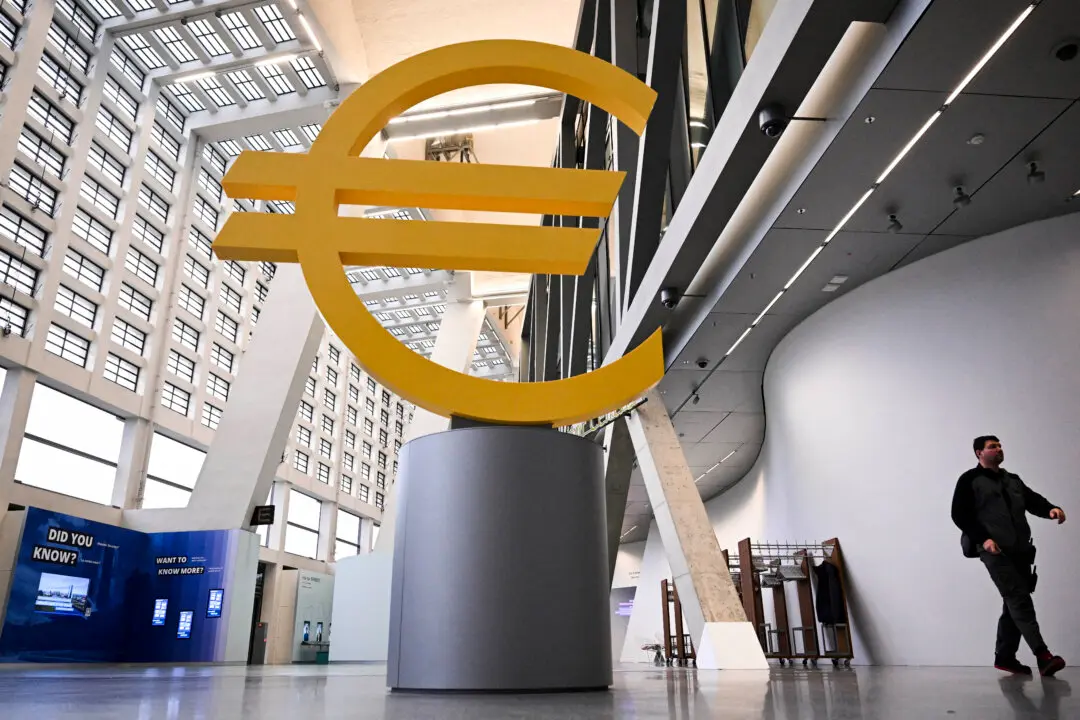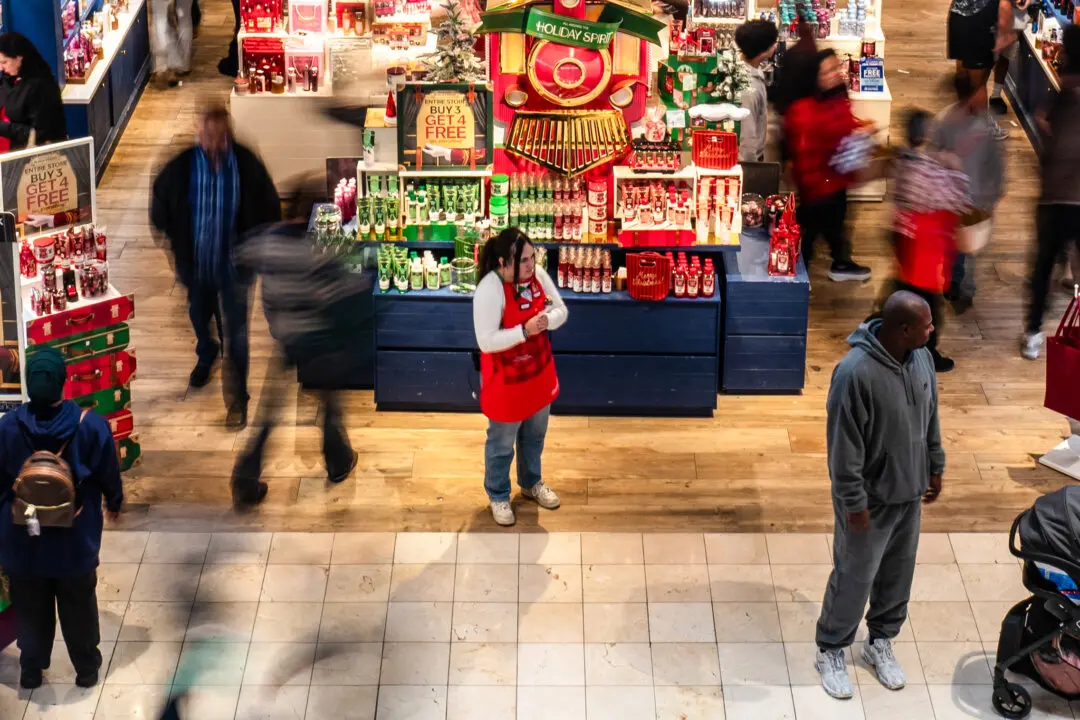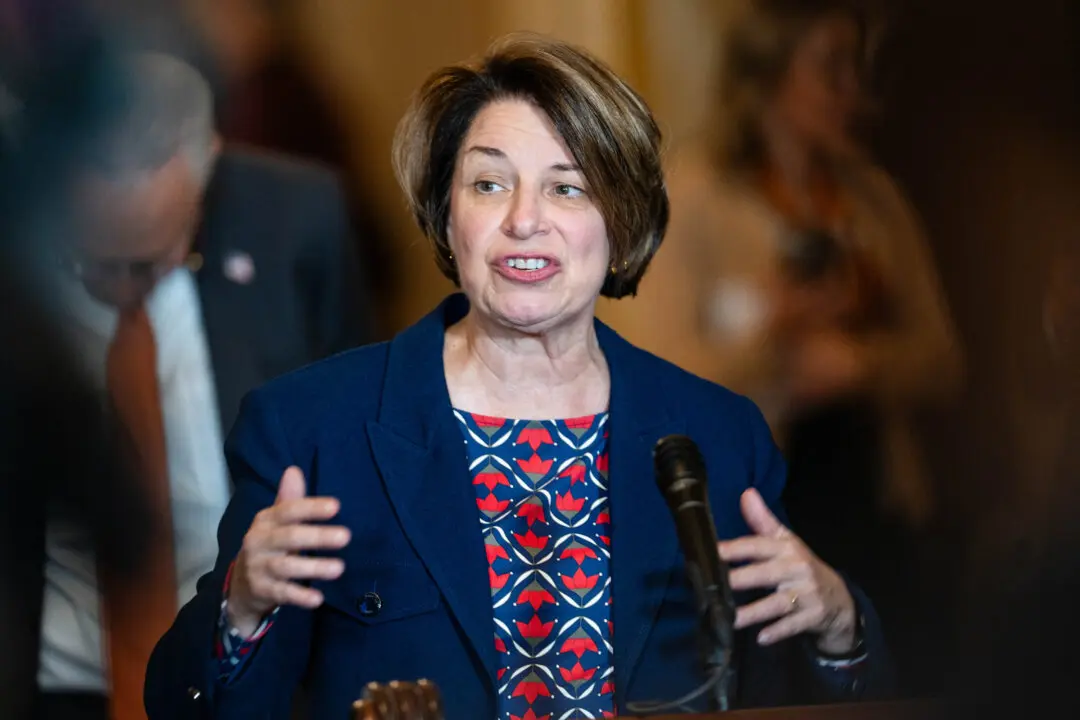Although the immediate threat of broader financial contagion seems to have abated following confidence-building emergency measures taken in the wake of the collapse of Silicon Valley Bank (SVB), experts are now warning of spillovers into the real economy in the form of a credit squeeze that could hit small businesses especially hard.
Lending standards started tightening in early 2022 with the Federal Reserve’s inflation-fighting rate hikes and balance-sheet runoff. Now, they’re getting even tighter amid the early fallout from U.S. banking sector turmoil, with experts warning of a looming credit crunch as regional and community banks pull back on lending activity.





